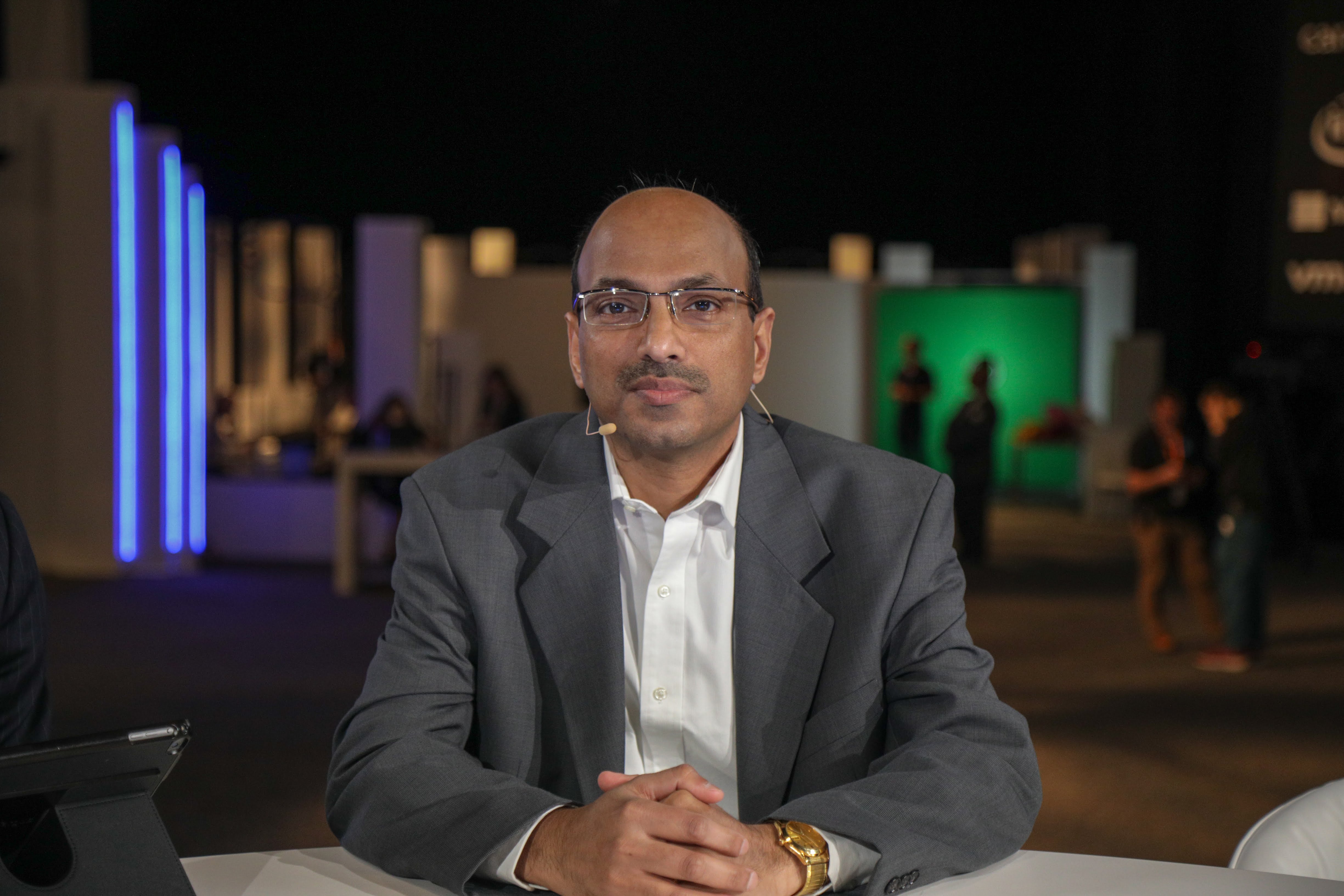 INFRA
INFRA
 INFRA
INFRA
 INFRA
INFRA
The future of mission-critical workloads and storage applications is going through a digital transformation where storage administrators can expect plenty of automated help from sophisticated, intelligent machines.
“It’s fast, smart and efficient,” said Chhandomay Mandal director of product marketing of Dell EMC’s PowerMax line of storage arrays. “It can deliver up to 10 million IOPs, 150 gigabytes per second throughout with minimum latency.”
Detailing the upgrades to PowerMax announced at this year’s Dell Technologies World, Mandal spoke with John Walls (@JohnWalls21), host of theCUBE, SiliconANGLE Media’s mobile livestreaming studio, and guest host John Troyer (@jtroyer), chief reckoner at TechReckoning. (* Disclosure below.)
Dell EMC is still the leading vendor of all-flash arrays, with a market share of 29 percent during the fourth quarter of 2017, according to an April report published by Wells Fargo Securities citing its own data, as well as research from the Independent Data Corp.
PowerMax is Dell’s flagship for high-end storage. It stands as Dell EMC’s attempt to appeal to developers building applications for next-gen tech, such as artificial intelligence and machine learning. It’s special-built for machine-learning, artificial intelligence, the “internet of things,” and mobile applications, in that it processes data in real-time in the array, according to Mandal. The PowerMax has built-in machine learning that analyzes 40 million data points in real time and makes 60 billion decisions per day, Mandal added.
The storage system also leverages predictive analytics and pattern recognition to provide automated, intelligent storage capabilities. The speed and intelligence of this storage system has the potential to replace jobs, according to Mandal.
“If you take a look at the workloads that the customers are running today, it’s still enterprise workloads. Eighty percent of it is still traditional workloads, like SAP, Oracle, all of these,” he stated. “But then there’s the modern applications that are built on real-time data analysis. So [PowerMax] feeds into the data, it analyzes it, to make better decisions for the customers. Taking proactive actions. Using those data analyses as their computing advantage … but that’s only 20 percent of the workload.”
But that ratio will flip in two to three years, according to Mandal. “… Twenty percent will be traditional workloads, and the rest will be modern generated platforms with IoT and AI, all those things,” he concluded.
Watch the complete video interview below, and be sure to check out more of SiliconANGLE’s and theCUBE’s coverage of the Dell Technologies World 2018 event. (* Disclosure: Dell EMC sponsored this segment of theCUBE. Neither Dell EMC nor other sponsors have editorial control over content on theCUBE or SiliconANGLE.)
THANK YOU